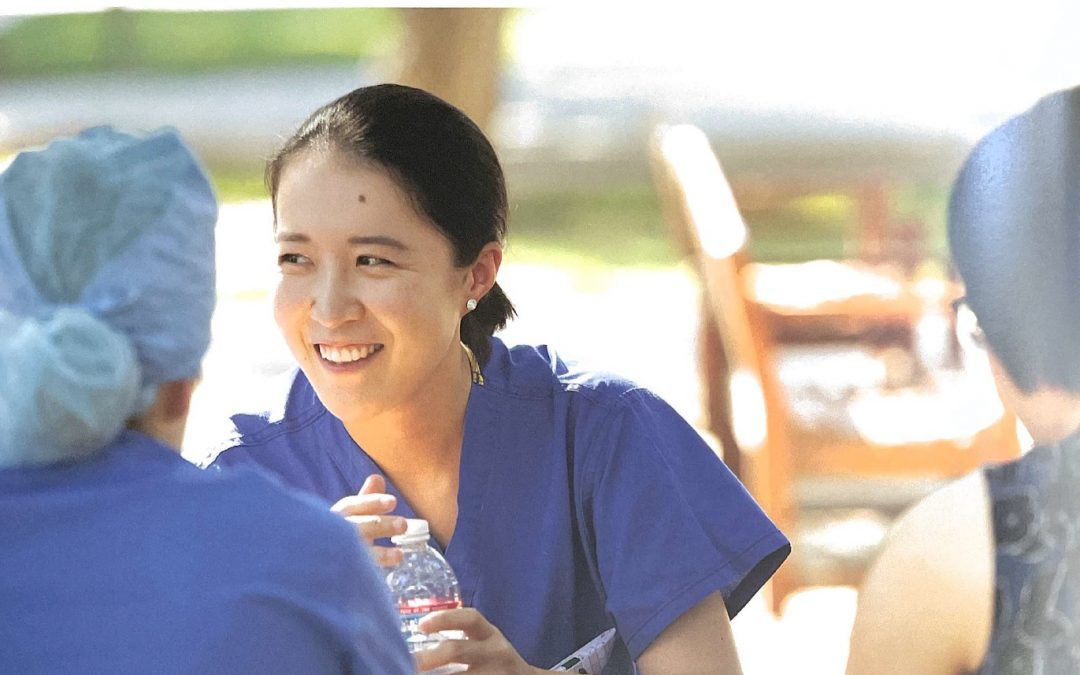The PRIME resident wellness program in the Stanford Department of Anesthesia seeks to build support systems, promote self-care, and alleviate physician burnout.
When Stanford anesthesia resident Clarity Coffman, MD, returned to her full-time residency work following two months of maternity leave in the fall of 2018, she found the transition back to the hospital to be one of the most challenging periods of her life. On top of the sleep deprivation inherent in caring for a newborn and working long hours to serve patients, Coffman was also beset with a host of fears that many new mothers have.
“Is my baby going to be okay?” she wondered. She fretted about missing precious time with her daughter and felt as if the period of intense anxiety would never come to an end. “I shed a lot of tears,” says Coffman. “I was kind of getting lost in my mind.”
With her exhaustion and feelings of hopelessness, Coffman was exhibiting some of the cardinal signs of burnout, a term first coined by psychologist Herber Freudenberger in the 1970s to describe the consequences of severe stress common in helping professionals, who make many personal sacrifices to care for others. The stress is particularly pronounced in anesthesia, in which doctors are regularly exposed to traumatic situations in the operating room and often work in isolation from their colleagues. And, on top of that, Coffman was caring for a newborn.
Luckily, she found relief and persevered through her moments of intense stress by leaning on the coping skills and supportive network she found through participation in the anesthesia department’s Peer Support and Resiliency in Medicine Resident Wellness Program, known as PRIME. The program was founded in 2010 to help address the issue of burnout…
Continue reading the full article in Stanford Anesthesia magazine
